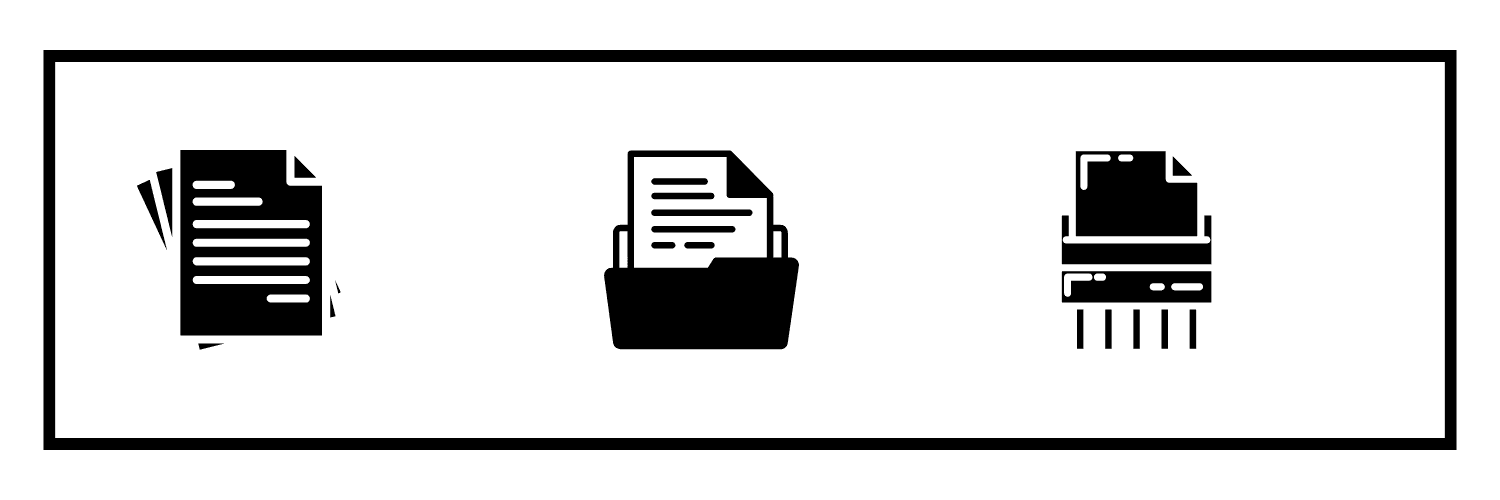Dealing with Documentation Debt—Before It's Too Late



Over the course of your career, you've probably encountered technical debt—shortcuts or band-aid fixes that made sense at the time. It's always easy to assume that we'll have time in the future to resolve these debts, especially if there's something that we need to ship.
But it's not that simple. Technical debt accrues and compounds. And one of the most pernicious—and overlooked—forms of technical debt is documentation debt.
We all start our documentation out strong. But it gradually falls out of sync with our actual systems. It may be outdated, incomplete, scattered across a dozen different platforms, or held as institutional knowledge within a dozen different heads.
We need to ship a product. We need to meet a deadline. Documentation starts to fade away. But eventually, this causes problems. It's not just about onboarding new people or troubleshooting features. Documentation is essential for securing investors, bank loans, and even insurance.
How documentation debt occurs
We're used to thinking of debts as arising due to a lack of irresponsibility. But just like regular debt, technical documentation debt isn't always the result of neglect. Sometimes it just happens.
Today, technical debt can be a common byproduct of fast-moving teams and shifting priorities. When you're constantly pivoting, documentation becomes an afterthought.
Even the best companies—with the best-laid plans—can find themselves running into problems:
- Code evolves, but docs don’t: Features change, dependencies shift, but updating the documentation always seems like a "later" task.
- Docs live in too many places: Some notes are in a wiki, others in README files, and a few are scattered across Slack messages and email threads.
- Ownership is unclear: If documentation is everyone’s responsibility, it’s also no one’s priority.
- "It’s obvious, right?" syndrome: The person who wrote the feature understands it, so they assume others will too. (Spoiler: They won’t.)
Today, we're outsourcing a lot. And outsourcing makes sense, but that means tech debt can pop up in unobvious places. We may not realize that we've accrued code debt because we don't realize that the documentation we received with a product was incorrect, or we may not be able to maintain proper documentation for code that we didn't understand to begin with.
That can be even more of a burden as we start to rely on AI for software development. As we begin to prioritize code completion over code quality, proper documentation becomes even more important.
The consequences of document debt
At first, it’s manageable. The team can rely on institutional knowledge, and the gaps aren’t that bad. But over time, the cost starts to add up.
If you're reading this, you already realize that the edges are fraying a bit. You have a significant infrastructure debt and it's leading to:
- Longer onboarding times: New hires spend weeks piecing together tribal knowledge instead of hitting the ground running.
- Increased support burden: More “Hey, quick question…” messages and repeat explanations.
- Fear of change: Developers hesitate to modify things they don’t fully understand.
- More bugs, more rework: Poor documentation leads to incorrect assumptions, which lead to broken functionality.
And of course, there are the larger institutional problems. Investors won't come onboard if your systems, processes, and codebases aren't properly documented. And a creditor isn't going to want to offer you financial debt if you're already in technical debt.
Because, at the end of the day, technical debt increases your risk. Whether you're a software company, a utilities agency, or a brick-and-mortar store, having documentation debt means that you're at a higher risk of something going wrong.
How to pay down your documentation debt
Just like technical debt, documentation debt can’t be erased overnight. But with the right approach, you can make steady progress.
And it's a lot easier with a third-party partner. While we can say “we'll do it tomorrow” all we want, there's a reason we ended up in this situation to begin with.
1. Start with a documentation audit
Before you can fix the problem, you need to understand where the gaps are.
- What’s outdated?
- What’s missing?
- Where do people actually go when they need answers?
- What’s redundant or overly complex?
Process debt can become insidious. You may find that the required documentation is there, it's simply scattered—or that the most important aspects of your business are held within one or two heads.
A third-party documentation company can help by compiling this information and identifying gaps, without pulling your essential labor off from the projects that make you money.
2. Prioritize the high-impact areas
Not all documentation needs to be pristine—focus on the areas that cause the most friction. Common priorities include:
- Onboarding guides
- API references
- Setup instructions for new environments
- Incident response runbooks
Essentially, you're doing a risk assessment. It's possible you can't create good documentation for your company overnight. But you need to get started somewhere.
A documentation company can work with you to build out your short-term and long-term documentation goals.
3. Centralize and standardize your documentation
If your documentation is scattered, consolidate it. Whether it’s a dedicated wiki, a Notion database, or a well-maintained docs directory, choose a home and stick to it. Then, set up clear formatting guidelines to ensure consistency.
A knowledgebase can vastly improve your operational efficiency. But for a lot of companies, maintaining a knowledgebase is really a tertiary responsibility. It's not a revenue generating activity and it's possible there is no one internally who can manage this information. A documentation partner can help.
4. Make Updates Part of the Process
Instead of treating documentation as a separate task, bake it into your workflow:
- PR reviews should include doc updates: If a feature changes, its related documentation should change too.
- Set documentation SLAs: If someone finds an issue with the docs, it should be addressed within a reasonable timeframe.
- Assign ownership: Someone needs to care about the state of your documentation.
For software companies, one of the best ways to avoid documentation debt is to treat your documentation the same way you treat your code. The Docs-as-Code approach means writing documentation in version-controlled repositories using lightweight markup languages (like Markdown or AsciiDoc) and integrating it with your development workflow.
Why is this a good idea?
- Docs stay close to the code: If the documentation lives in the same repo as the source code, developers are more likely to update it as they work.
- Version control applies to docs, too: Just like code, documentation benefits from branching, pull requests, and reviews.
- Automated checks prevent rot: You can use linters, broken link checkers, and CI/CD pipelines to ensure documentation stays up-to-date.
- Fewer knowledge silos: When documentation is maintained alongside the codebase, it’s easier for developers to find and contribute to it.
For other companies, keeping everything within Jira, Confluence, or Microsoft SharePoint makes the process of both generating and referencing documentation easier.
Where you work should be where you document.
Keeping it all together
Dealing with documentation debt isn’t just about cleaning up the mess—it’s about preventing it from happening again. The more you build documentation into your organization's muscles, the less painful it becomes over time.
Think of it this way: good documentation is an investment that pays continuous dividends. It saves time, reduces confusion, and makes everything run smoother. And best of all? Your future self (and your team) will thank you.
